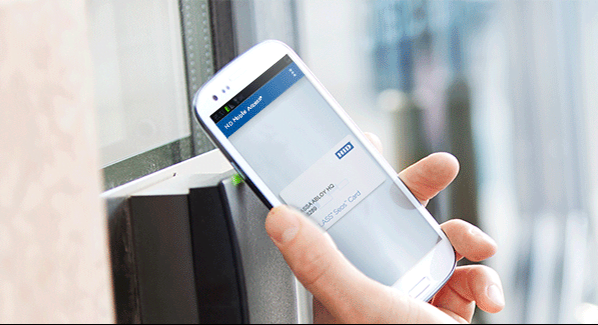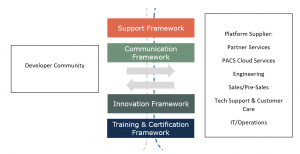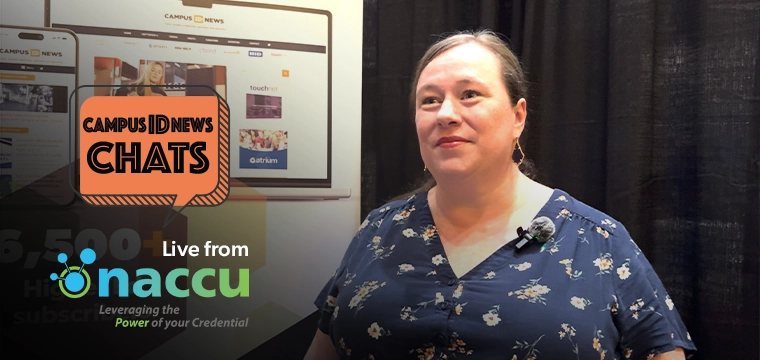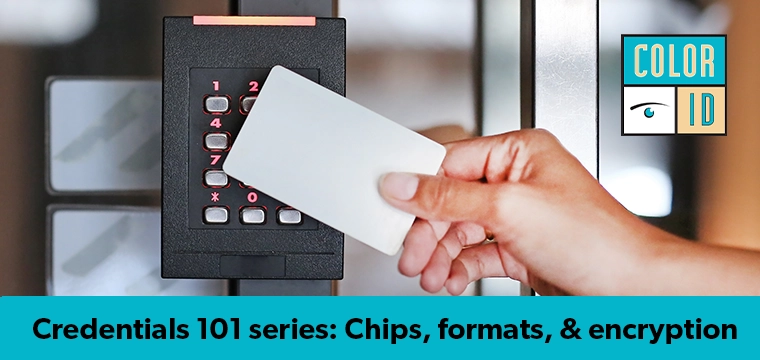
HID talks upcoming wave of access control changes for college campus
The complexity of reader configuration will also be dramatically simplified. No longer will it be necessary to guess at the current reader configurations or make manual and time-consuming changes. Cloud-connected readers will enable inspection, changes to the reader configuration, and updates to reader firmware, all on a remote basis.
These cloud connections will also enable access control systems to join advanced smart-building solutions through cloud-based monitoring applications that deliver robust analytics capabilities used to proactively pinpoint and troubleshoot potential system failures. The applications will also monitor secure connections between access control peripherals and trigger firmware updates to address potential cyber threats.
With a cloud-connected hardware foundation in place, there will also be a faster, more simplified path from design to deployment, transforming how products and solutions are developed, marketed and scaled across the enterprise, as well as how they are adopted and used. Developers will shift from having to create an entire vertically integrated solution to simply layering an app experience on top of an existing access control infrastructure already connected in the cloud. This can all be made easily available through APIs and SDKs.
This shift will also fuel market-making opportunities as new players could be attracted to the space beyond traditional physical and IT security integrators, resulting in a richer, more vibrant development community focused on new and innovative solutions. This community will be supported by new kinds of tools and services for integration enablement and support as compared to the traditional physical access control marketplace (see Fig. 1 below).

Fig. 1: The industry will migrate to a new kind of developer model in which an ecosystem of partners is supported by enablement tools and other support aimed at helping them succeed with their integrations and go-to-market strategies.
With this model, the industry will move beyond siloed security and workplace optimization solutions to simplicity, scalability and universality of mobile apps. These apps can be downloaded anywhere across a global footprint of millions of compatible physical access control system endpoints that are all connected in the cloud and IoT.
The relationship between PACS technology suppliers and their integration partners will also evolve. A growing developer community will be able to access a comprehensive offering of integration enablement services, access control cloud services, engineering and IT/operations resources, sales and pre-sales support, and other customer care support (see Fig. 2 below).

Fig. 2: A new kind of developer community will have streamlined touch points with the technology platform provider.
Among the most attractive early adoption paths for universities seeking to leverage cloud platforms is the co-working model. This model sees building occupants use their smartphones to access facilities, book desks, private offices and meeting rooms, and unlock them at the time of their specific appointment.
The co-working model is ideal for the university campus environment, where tens of thousands of people share facilities and a wide variety of services and resources. This model is already being used by companies like Deskopolitan, which serves entrepreneurs who need professional, reliable working spaces to build their businesses. Deskopolitan uses HID Mobile Access to enable building occupants to access their co-working campus in the heart of Paris, conveniently and securely.
In a similar example, the international property management group Skanska is using HID technology to give its building occupants a unified mobile experience for securely accessing its parking garage, virtual reception capabilities, offices, and other IoT functionality. Employees and their guests can now move throughout the building with nothing more than a smartphone and enter restricted areas to which they have been given access rights.
Cloud platforms will continue to give university administrators and facility managers more information about how buildings are utilized so they can optimized for workflow and user convenience.
Another adoption path for cloud-based access control in the university setting is to improve energy efficiency. In the commercial real estate sector, the combination of mobile IDs and a cloud platform is making it possible for property management companies and tenants to analyze HVAC load requirements based on when someone enters or exits a suite or common area, and can adjust temperature settings accordingly. This formula is also used to turn off lights when the last person leaves the area.
Capabilities like these can be of great value in the higher education sector which, according to the National Renewable Energy Laboratory (ONREL), spends more than $6 billion on annual energy costs and totals an area of about 5 billion square feet of floor space.
Cloud platforms will continue to give university administrators and their facility managers more information about how buildings are utilized so they can optimized for workflow and user convenience. A trusted, cloud-connected campus that takes advantage of an ecosystem of millions of readers and other devices, applications and trusted Mobile IDs will also maximize flexibility for scaling their security infrastructure to support campus growth, efficiency and security.
Cloud platforms will also deliver new capabilities such as way-finding within large campuses and other applications. They'll dramatically expand choices for university campuses to get the most out of their physical access control investments by providing the backbone for adding new and emerging technologies, while improving how identity solutions are delivered.
This new world of access control will provide a rich environment in which developers can continually build innovative applications for the trusted campus. It will usher in new innovations, develop and deploy increasingly seamless and secure solutions, and a more consistent user experience. Coupled with flexible service subscription models, universities can develop new ways to look at campus design, and a more simplified deployment path for today’s increasingly connected campus.




